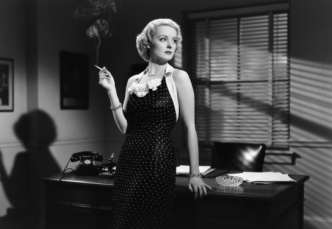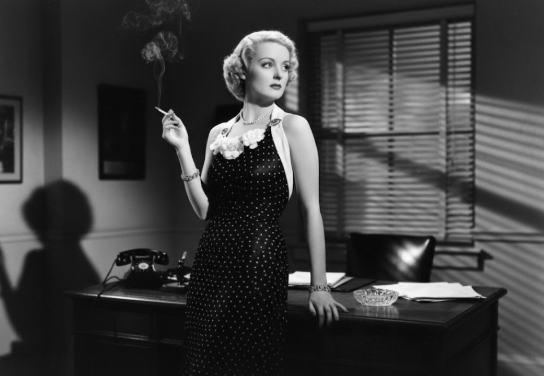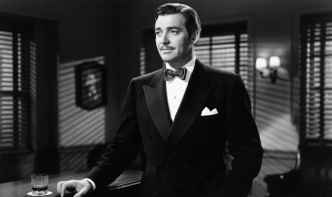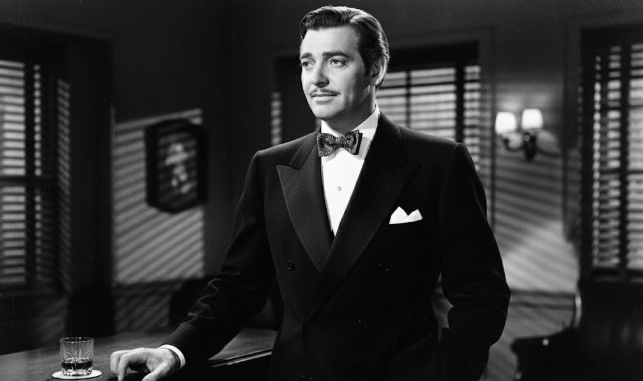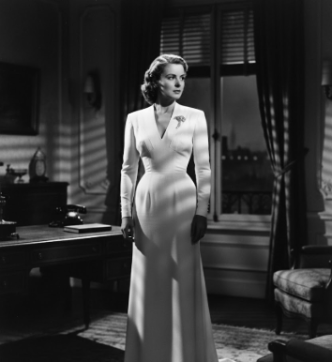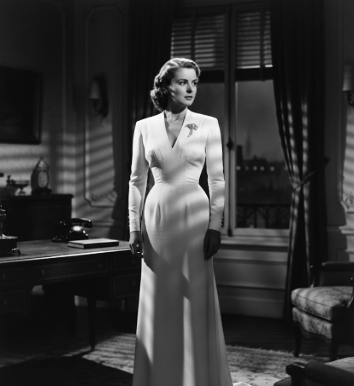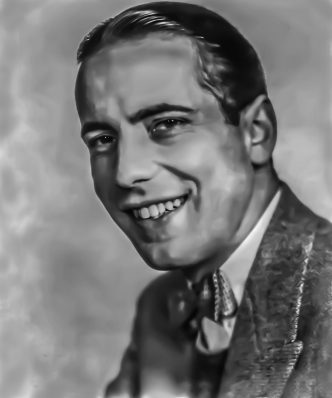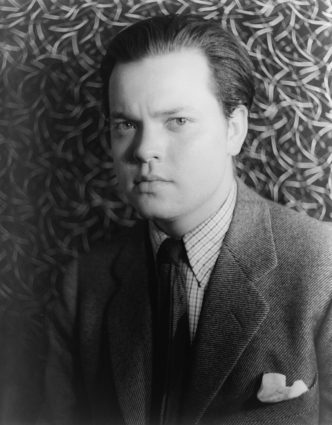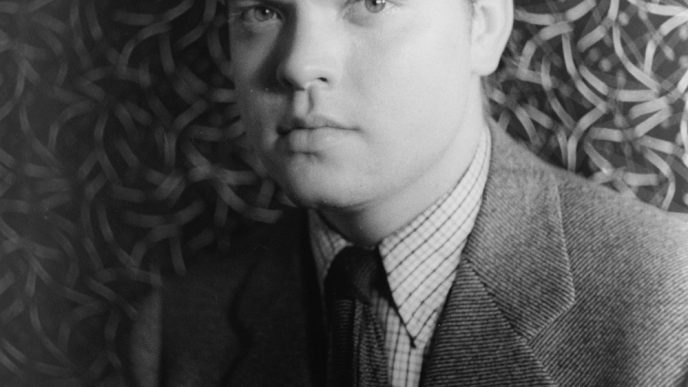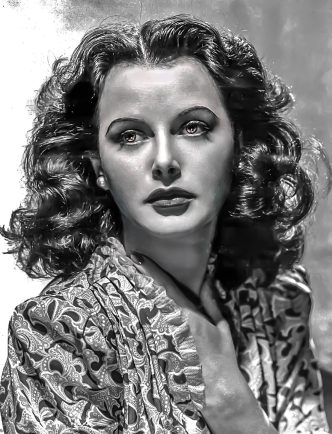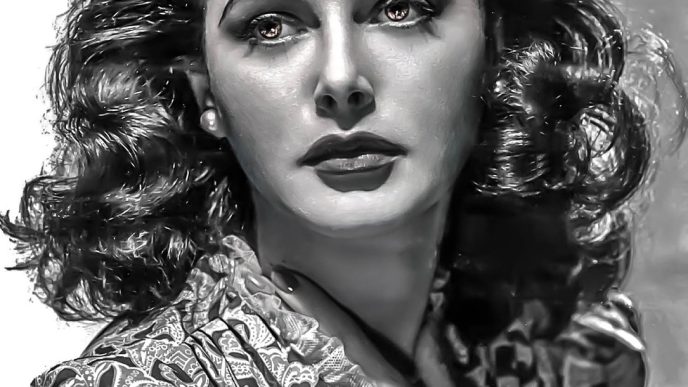Bette Davis was not just a star; she was a force of nature. In an era when Hollywood manufactured its leading ladies to be glamorous, demure, and compliant, Davis was a brilliant anomaly: a fiercely independent artist who was combative, unapologetically ambitious, and more interested in authenticity than vanity.
Regarded as one of the greatest actresses in history, she built a six-decade career by actively pursuing complex, unsympathetic, and often “ugly” characters, proving that a woman’s power on screen came from her talent, not just her looks. Her forceful, intense style and her legendary battles with the studio system redefined the role of the female star, making her a trailblazer for women in film and an icon of artistic integrity.
From Broadway to Hollywood Disappointment
Born Ruth Elizabeth Davis in Lowell, Massachusetts, on April 5, 1908, she was raised by her mother after her parents divorced. Inspired to act after seeing a production of Henrik Ibsen’s The Wild Duck, Davis pursued a stage career, studying at John Murray Anderson’s acting school and making her Broadway debut in 1929. In 1930, she moved to Hollywood with a contract from Universal Studios, but her early films were unsuccessful, with executives unsure of how to market her unconventional looks.
Her career found its footing when she moved to Warner Bros. in 1932, gaining notice in The Man Who Played God. However, her breakthrough came when she was loaned to RKO to play the vulgar, cruel waitress Mildred Rogers in Of Human Bondage (1934). The performance was a critical sensation, a raw and brutal portrayal that was so powerful, the press was shocked when she was not nominated for an Academy Award. The role established Davis’s willingness to embrace unlikable characters, a trait that would define her career. She won her first Oscar the following year for Dangerous (1935).
The Battle for Artistry: The Lawsuit That Changed Everything
Despite her Oscar win, Davis grew increasingly frustrated with the mediocre films Warner Bros. assigned her. Under the rigid studio system, actors were bound by long-term contracts that gave the studio complete control over their roles. Fed up, Davis took a revolutionary step. In 1936, she traveled to England to make films for another company, deliberately breaching her contract with Warner Bros..
Warner Bros. sued, and the case was heard in a London court. Davis argued that her contract was a “form of slavery,” forcing her to appear in mediocre pictures that were damaging her career. The studio’s counsel mocked her, and the British press portrayed her as ungrateful. Davis ultimately lost the case and was forced to return to Hollywood. However, as she later said, “I lost the battle, but I won the war”. The highly publicized lawsuit compelled Warner Bros. to take her artistic ambitions seriously. The studio rewarded her tenacity with better roles and a higher salary, marking the beginning of the most successful period of her career.
Queen of the Warner Lot: A Decade of Dominance
The years following the lawsuit cemented Davis’s status as one of Hollywood’s most celebrated leading ladies. She won her second Academy Award for Jezebel (1938), playing a strong-willed Southern belle. This began a remarkable run of five consecutive Best Actress nominations, for films including the poignant drama Dark Victory (1939) and the Lillian Hellman adaptations The Letter (1940) and The Little Foxes (1941).
Her on-screen persona was defined by a forceful, intense style, her clipped vocal delivery and expressive eyes becoming her trademarks. She was unafraid to be ugly for a role, shaving her hairline to play an aging Queen Elizabeth I in The Private Lives of Elizabeth and Essex (1939) and embracing a ghoulish, caked-on makeup look for What Ever Happened to Baby Jane? (1962). This commitment to realism over glamor set her apart from her contemporaries and made her a hero to female audiences. Her most iconic role came as the aging stage star Margo Channing in All About Eve (1950), a witty, caustic, and deeply vulnerable performance that earned her another Oscar nomination and gave cinema the immortal line, “Fasten your seatbelts, it’s going to be a bumpy night”.
A Trailblazer’s Legacy
Bette Davis’s influence extended far beyond her performances. She was the first woman to serve as president of the Academy of Motion Picture Arts and Sciences and co-founded the Hollywood Canteen during World War II, a club for service members that earned her the Distinguished Civilian Service Medal. She was a trailblazer who fought for and won creative agency in a male-dominated industry, proving that a female star could be powerful both on and off the screen.
Her career had its lulls, but she always fought her way back, most notably with the horror classic What Ever Happened to Baby Jane? (1962). She continued working in film and television into her later years, winning an Emmy Award in 1979. After a long battle with breast cancer, she died in 1989 at the age of 81. Bette Davis was the first woman to receive the American Film Institute’s Life Achievement Award, a fitting tribute to an actress who was not just a star, but a true architect of her own monumental legacy.

Dario Loce is the founder and editor of Celebrimous. He is a lifelong film enthusiast and the author of several locally-published books on cinema history and analysis. His passion is deconstructing the “how” and “why” of filmmaking, from the director’s vision to the editor’s cut. When not lost in a classic film, he’s usually walking through the city, replaying scenes in his mind like unfinished stories.
